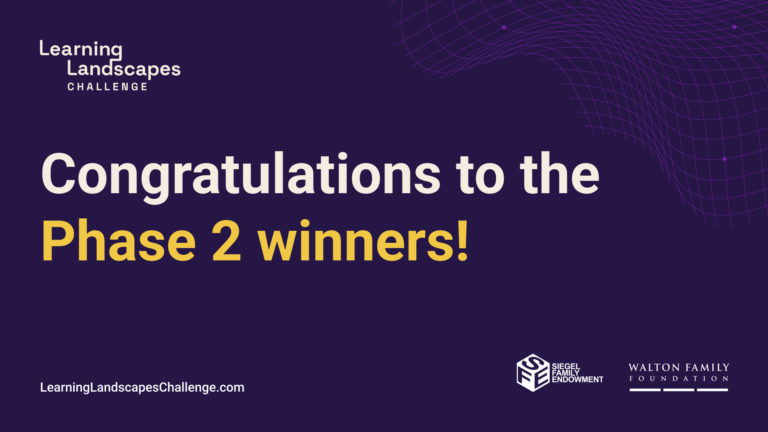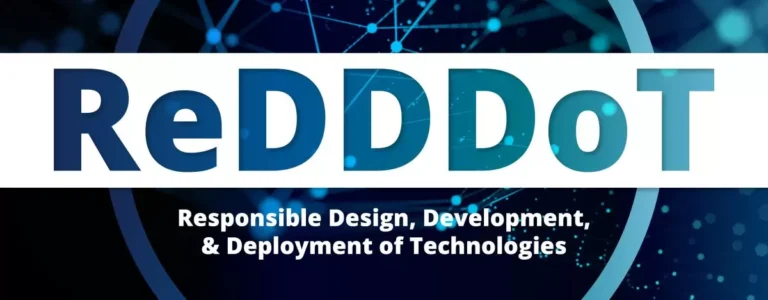Last week, Library for All and Siegel Family Endowment came together at the Australian Consulate-General in New York for a panel discussion on the future of philanthropy. Jessica Traynor (President and Executive Director of SFE) and Tanyella Evans (Co-Founder and CEO of Library for All) sat down with a simple goal: share ideas, from both funder and grantee perspectives, about how philanthropy can push traditional boundaries and challenge expectations — and unearth ways for forward-thinking organizations to pave the way for broader changes in the field.
So what were the takeaways?
In the early stages, an “unrestricted grant” can mean “unlimited ambition.”
- Restricted funding can put grantees in the position of having to shape their programs to meet the desires of a funder — sometimes at the expense of the people they set out to serve in the first place. In the initial stages of a relationship between grantmaker and grantee, the trust implicit in receiving unrestricted funding can deepen understanding, and forge a much stronger relationship by giving the grantee freedom to demonstrate their full potential. From a grantee perspective, unrestricted funding can feel like a door to more and greater opportunity, and permission to think bigger and bolder.
Transparency is key — but maybe not in the ways that you think.
- Openness does not necessarily mean oversharing — and typically, that’s not even what grantees want from a funder anyway. Transparency for a foundation can be as simple as honestly telling a prospective grantee why they may not be a good fit for funding, and welcoming them into a larger network of like-minded organizations who might be able to help them advance their mission in the longer term. Transparency is about creating fluidity within networks, and operating as though there are no barriers to entry.
Funders should think of themselves as much more than a source of money.
- The first instruction from our founder was simple, but had tremendous implications: “Don’t just write checks.” In practice, this has meant going beyond a straightforward fiscal duty in grantee relationships, and using a funder’s position to amplify the voices of grantees in order to advance the grantee’s work, and help them raise more money in turn.
Venture philanthropy isn’t about making an investment — it’s about reshaping systems.
- As defined by Tanyella, venture philanthropy is grounded in the idea that no single organization can be responsible for solving a systemic problem, and that real change comes from collaboration. Funders can put truth to action here by opening their networks to grantees, and leveraging resources within their own organizations to make direct impact — no matter how small.
There’s a lot of opportunity for small foundations to make an impact.
- There’s been a recent uptick in the number of small, family foundations in the United States, but the real opportunity for increasing these new players’ impact isn’t necessarily in getting them to collaborate with each other. Because the diversity of priorities and strategies at the smaller end of the spectrum can be barriers to effective collaboration, representatives from both extremes stand to learn from one another — larger foundations are eager to share and help younger foundations navigate “impact,” while newer, more nimble foundations stand to help more established organizations think more creatively.
The questions raised by this conversation and the answers the panelists provided point towards a new way of thinking about philanthropy, and a new mode of collaboration between funder and grantee. This playbook is being written mid-game, and ongoing collaboration is the key to success.
A special thank you to Library for All and the Australian Consulate-General for organizing and hosting the event.





